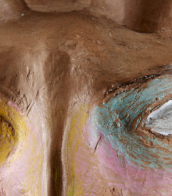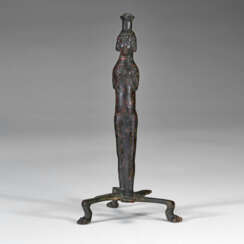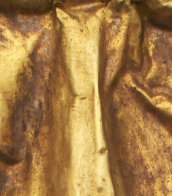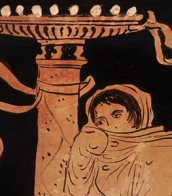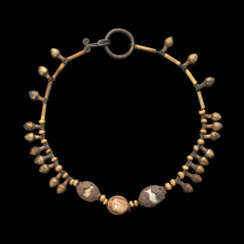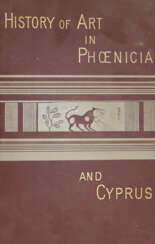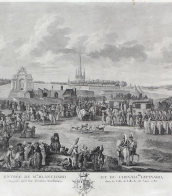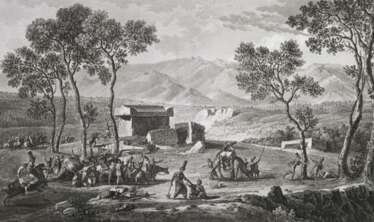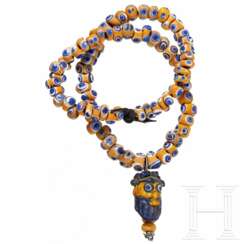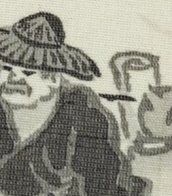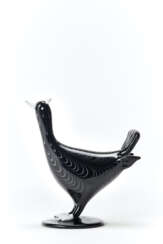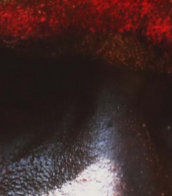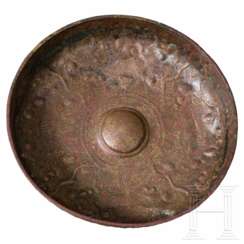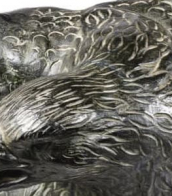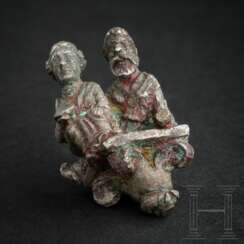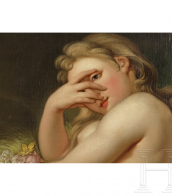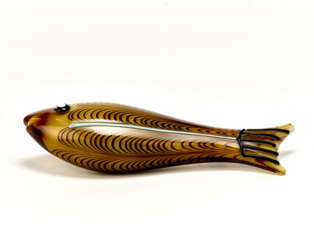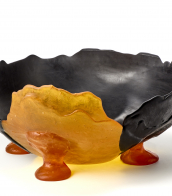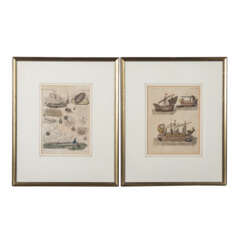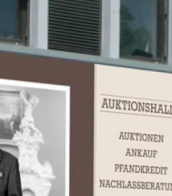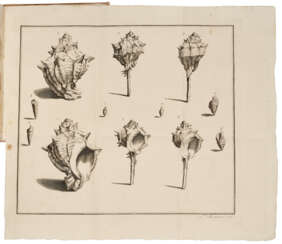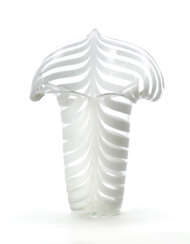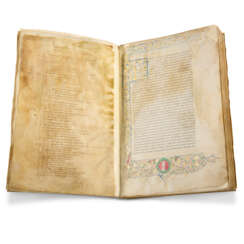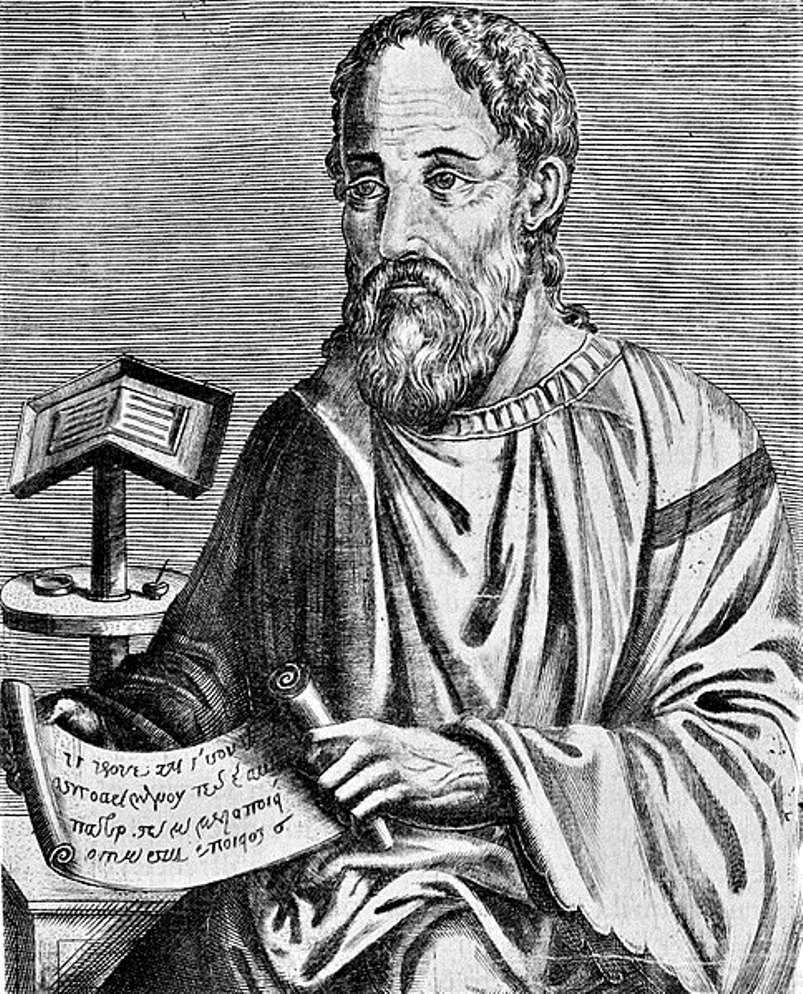phoenicia
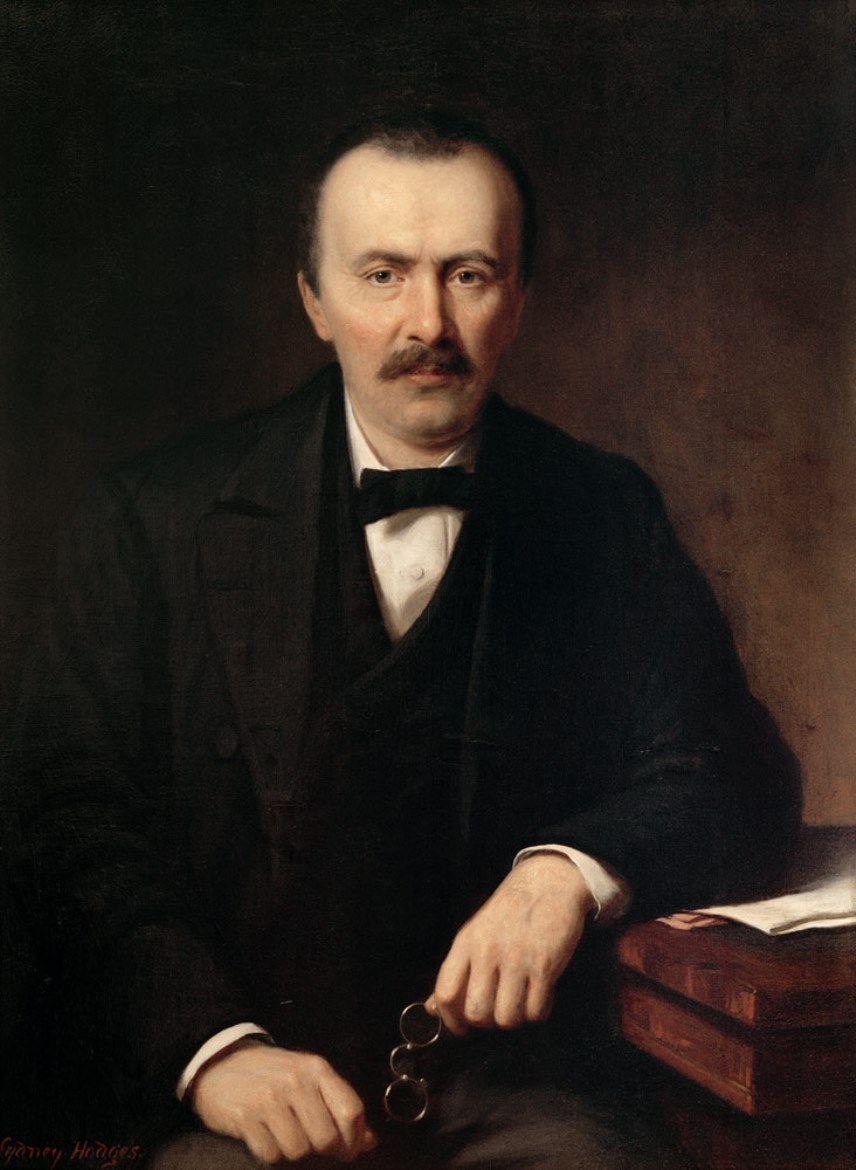
Heinrich Schliemann, full name Johann Ludwig Heinrich Julius Schliemann, was a German self-taught archaeologist, entrepreneur, and writer.
He conducted business in Russia and the United States, but at the age of 36, he realized his long-held dream and engaged in prehistoric archaeology. Schliemann traveled extensively in Greece, Italy, Scandinavia, Germany, France, and Syria before traveling around the world, visiting India, China, and Japan and writing a book about the latter two countries.
Schliemann became known for his archaeological excavations of the legendary Troy, Mycenae, and his books and publications on the findings were a success with the public. Critics, however, perceived his work in the field as unprofessional, believing that he did more damage to ancient artifacts than actually served the study of history.

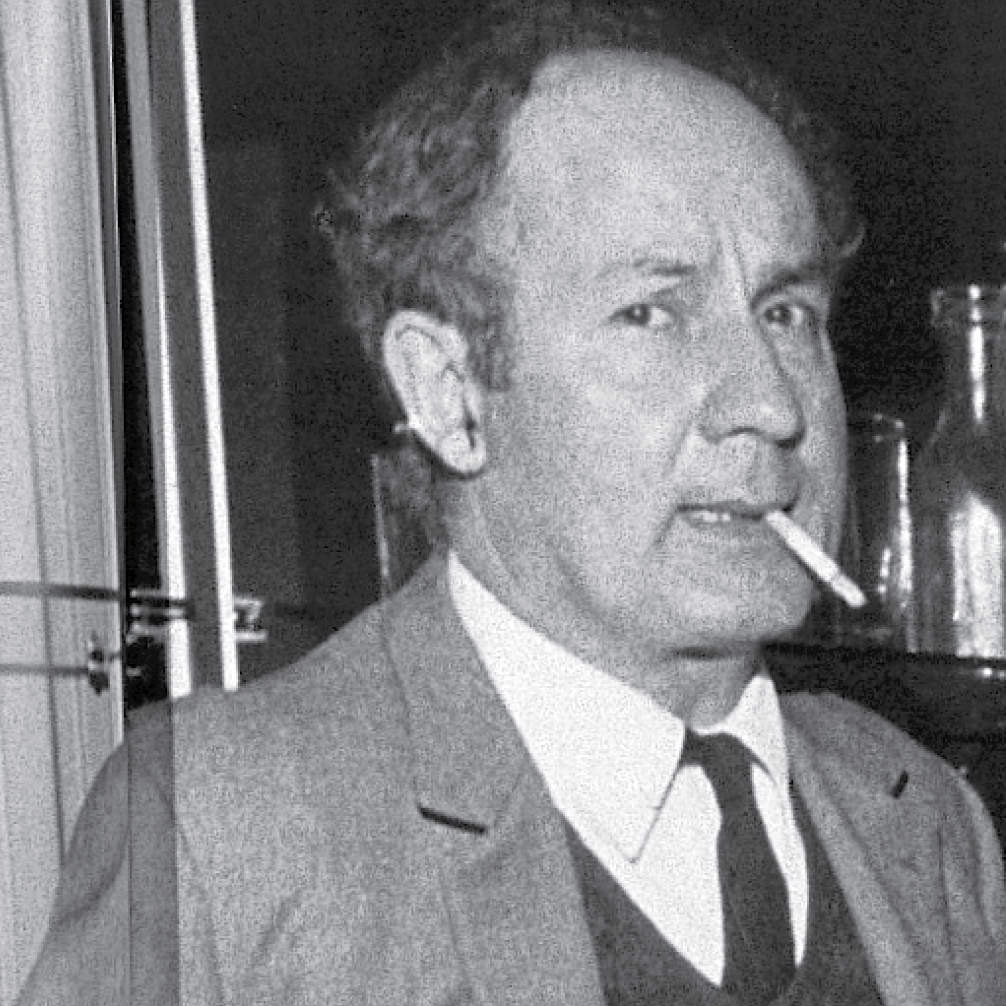
Fulvio Bianconi is an Italian graphic designer and illustrator. He collaborated with Venini, creating pieces that became true icons of Murano art glass.
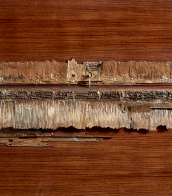
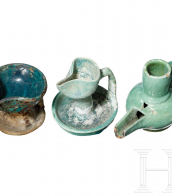
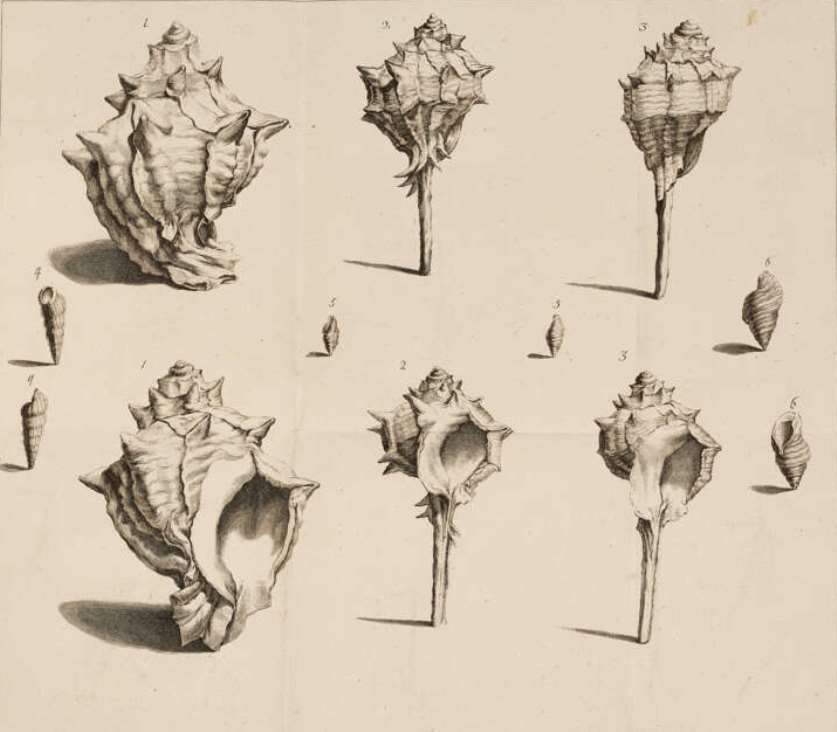
Michele Rosa was an Italian chemist and professor.
Rosa graduated from the Faculty of Medicine of the University of Bologna, then practiced in Venice and Rome. In 1766 he published An Essay on Clinical Observations, a pioneering work that brought him fame and earned him a professorship at the University of Pavia. In 1782 Rosa was appointed professor of practical medicine and president of the medical faculty of the new University of Modena. At Este he was elected president of the medical college and was in charge of sanitation.
In 1783 he published Letters on some physiological curiosities. In addition to physiology, epidemiology and public hygiene, Michele Rosa wrote works on natural science, antiquarianism and dietetics. Among these are the memoirs On Pores and Substances in Antiquity (1786) and On Gianda and Quercia (1801). In 1796 Rosa returned to Rimini, where he continued to teach and held some public offices.

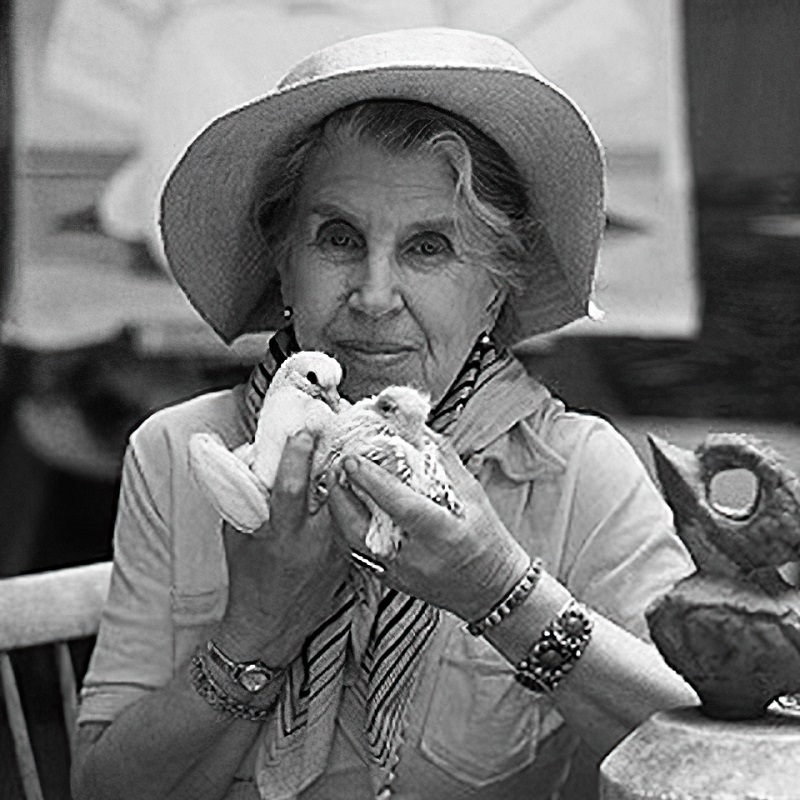
Tyra Carolina Lundgren was a Swedish painter, ceramist, glass and textile designer, and writer. One of the most versatile artists and modernists of the 20th century, Lundgren was the first woman to design glass for Paolo Venini, and emerged as a pioneer of the Swedish Grace style. In 1950, she was awarded the Swedish royal medal Litteris et Artibus in recognition of her artistic career.
